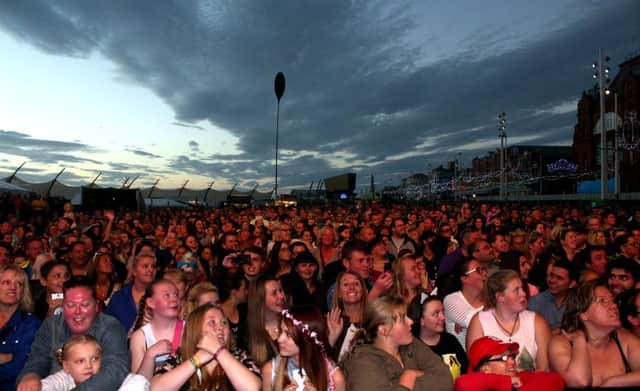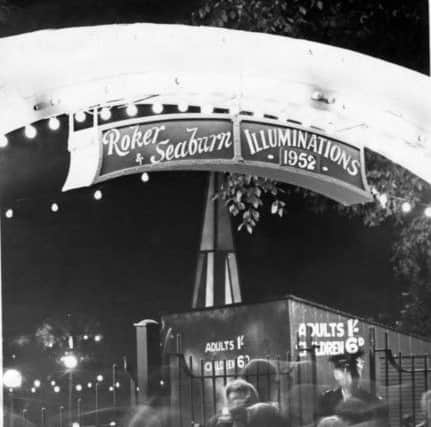An illuminating look at the Sunderland lights


With the help of Philip Curtis from the Sunderland Antiquarian Society, we charted the early years of what has now become a big attraction in the city.
Today, Philip continues the story from the 1950s to the present day and looks how it has not always been a smooth run for the lights..


Advertisement
Hide AdAdvertisement
Hide AdIt was in 1950 that the lights were extended to include Roker seafront.
But it was not the only illustration of how popular the annual attraction was becoming.
By 1951, the season had been extended to six weeks and it seemed to be well and truly established.
In fact, it was still growing and becoming even more impressive.


Advertisement
Hide AdAdvertisement
Hide AdIn 1952, an exchange scheme between the authorities in Sunderland, Southend and Morecambe brought a 100-yard long display of Snow White and the Seven Dwarfs to the city.
Music was introduced to the park with selections from the Walt Disney cartoon film.
There was also an Enchanted Garden, Pan and Wood Nymphs and a Fairy Grotto which all came from Southend and which all added a magical extra touch to the proceedings.
It went even further and continued with the theme of famous stories.
Advertisement
Hide AdAdvertisement
Hide AdThe ever-popular Marley’s Ghost was also present and it could be found in one of the ravine’s caves.
Surprisingly, however, the number of visitors was not quite as large as in the previous years and the novelty of the Sunderland Illuminations seemed to be fading.
This was a pattern which was to continue in the years which followed.
Officials found that the rates were increasingly having to subsidise the cost.
Advertisement
Hide AdAdvertisement
Hide AdOn top of that, the illuminations were causing problems among the locals.
Oficials found that the local residents were complaining about the late summer invasion of their area.
The decline in visitors continued and 1959 saw the final display.
It led to the equipment and the tableaux having to be sold off to other resorts. It seemed as if we had seen the end of an era.
It certainly brought a temporary end to the proceedings.
Advertisement
Hide AdAdvertisement
Hide AdIt would be almost another thirty years before the illuminations were re-introduced.
The Government agreed to assist with the cost and, in September 1986, they were back. And they were back with real impetus.
Visitors flocked to the Roker and Seaburn areas and the new illuminations proved so successful that, in the following year, Sunderland was awarded a top tourist award.
But once again, the attraction ran into problems in the years that followed.
And in 1994, the illuminations were cancelled again.
Advertisement
Hide AdAdvertisement
Hide AdThe cost was becoming increasingly prohibitive with the previous year’s display having only been saved by the seafront traders who managed to find £40,000 to go towards the bill.
There was a return in 1995 thanks to a last-minute subsidy from the European Community as well as traders but this was the end.
Many of the redundant lights remained in place for a few years but the deteriorating cables were becoming an eyesore and had to be dismantled.
In 2012, the lights returned on a smaller scale to Roker Park and these proved so successful that, over the following years, they were gradually extended once again to Roker and Seaburn - the illuminations were back!
Advertisement
Hide AdAdvertisement
Hide AdAnd once again, we can look forward to a return of the lights which have enjoyed an eventful place in the city’s history.
There’s not long to wait now for this year’s display.
This year the display runs from September 23 until November 5 and is expected to attract up to 300,000 visitors.
In the meantime, we would love to know what the illuminations mean to you.
Get in touch and tell us more.
Email [email protected]